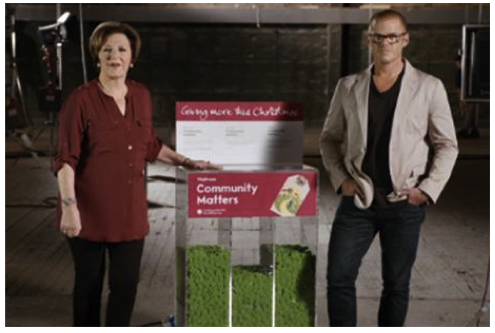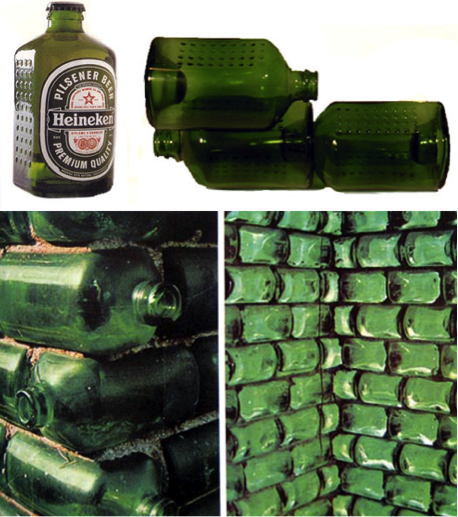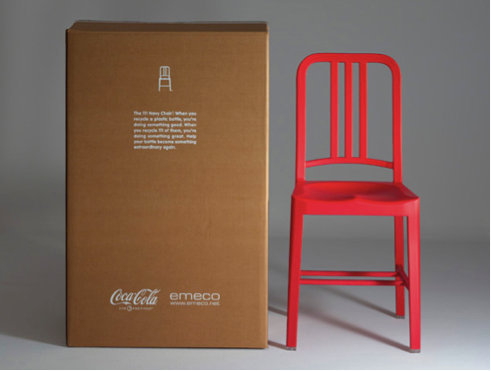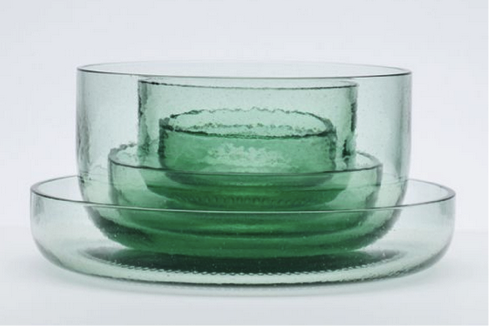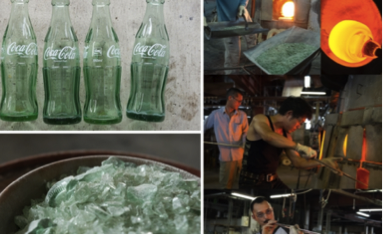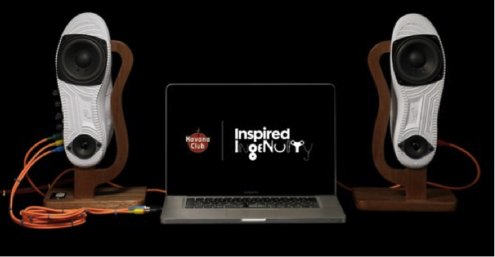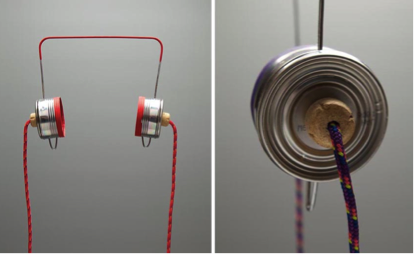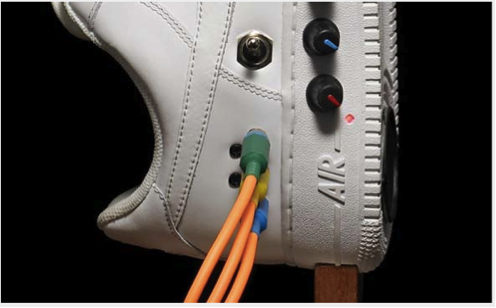The article is written by Greg Taylor, Director of Brand Provocation at Elmwood, London
It’s that time of year again here in the UK. Our TV screens are being hit with a blizzard of yuletide advertising. The retailers in particular vie for bragging rights as to who has the best ‘Christmas campaign’. This time around, Waitrose and John Lewis particularly struck me. For international readers, Waitrose is the chain of supermarkets of the John Lewis Partnership, which also has a chain of department stores called, you guessed it, ‘John Lewis’.
Waitrose eschewed the usual extravaganza in favour of a more worthy approach. I watched as chefs Heston Blumenthal and Delia Smith shared the news that instead of a fancy ad, Waitrose is giving money to local ‘chariddies’, or ‘giving more this Christmas’. Fair enough. And yes, apparently these household names (who each have a range in store) also waived their appearance fees.
However, moments later, John Lewis aired its blockbuster of an ad, in which a snowman journeys from his rural home into a busy town to source the perfect present for his good snowlady. The soundtrack is a cover of Frankie Goes to Hollywood’s ‘Power of Love’, with lyrics of ‘forces from above, cleansing our souls’. Confused by the contrast between the two approaches? I was. But it did get me thinking about the various ways brands do ‘for good’. Is it integral to their brand story or is it something they’re obliged to do these days?
Photo: Waitrose is giving more this Christmas — the ad
Doing good on purpose
It’s hard to argue against a Waitrose supporting charities instead of ad agencies but it just feels so generic, like some dispiriting ‘we’re not sending Christmas cards this year’ email slinking into your inbox. This approach always comes across as bolt-on rather than built-in and gets lost amongst a plethora of ‘doing good’ messages. Without a distinct point of view, the opportunity to make the story part of the brand is lost. A couple of other brands that seem to be on a better, or at least more memorable, track are Heineken and Coca-Cola. One’s an old example that’s still worth talking about, the other more recent.
Envisioned by beer brewer Alfred Heineken and designed by Dutch architect John Habraken, the ‘brick that holds beer’ meant beer lovers and builders could drink and design at the same time.
Mr. Heineken’s idea came after a visit to the Caribbean where he saw two problems: beaches littered with bottles and a lack of affordable building materials. The WOBO, or ‘world bottle’, became his vision to solve both the recycling and housing challenges he’d seen.
Photo: the ‘brick’ WoBO Heineken bottle
Crazily, a shed at the Heineken estate and a wall made of WOBOs at the Heineken Museum in Amsterdam are the only structures where the ‘beer brick’ was used. As to the remaining WOBOs, it’s not clear how many exist, or where they are, but the idea remains a lasting example in end-use innovation even four decades on. It was a brilliant way of connecting Heineken’s green bottle to a green issue and doing good.
Others, like Coca-Cola, make the most of their brand’s tangible equities and continue to include them in any story they tell. Here are two instances where the company is starting to think about how to bring Coke into our homes for good, beyond the drink and recyclable PlantBottle material.
The first example shows how they’ve gone one step, or seat, further with these chairs. Coke has struck a deal with manufacturers, Emeco, to make fashionable furniture from their recycled plastic bottles. Each chair is made from 111 bottles, hence the name: 111 Navy Chairs. The ‘Navy’ is because they were first made for submarine use, not in blue! Emeco and Coke hope the chairs will encourage domestic recycling by showing just how stylish and functional recycled goods can be. And, of course, it’s yet another way to get ‘red’ and ‘Coke’ into our heads.
Photo. Coca-Cola’s recycled 111 Navy Chair
The second example is inspired by the classic glass ‘contour’ Coca-Cola bottle, which is about as iconic as modern design gets. Synonymous with the brand and instantly recognisable, the bottle has been a staple of Coca-Cola for nearly a century. Coke has now created a range of kitchenware bowls from old bottles, reusing the original material as well as the design. Hand-blown and maintaining the bottle’s greenish hue, the bowls made their debut at Tokyo’s Designtide event.
Photo. Hand-blown bowls made of Coke’s greenish glass
So why not make it yourself this Christmas?
Although you could use rum brand Havana Club as a tasty alternative in your brandy butter, perhaps it would be more fun to embrace your inner Heath Robinson or Rube Goldberg and show your goodwill to family and friends with a gift of ‘inspired ingenuity’. This was the idea behind a competition Havana Club ran to transform everyday objects into something more special. It was inspired by the people of Havana, who are said to ‘pride themselves on their ability to create what they need from what they have’.
So to kick start your festive upcycling ideas, here’s the work of two artists who responded to the original brief. Footwear customiser, Nash, created a set of fully functional Sneaker Speakers using Nike Air Force 1s, while product designer Cemal Okten took a lo-fi approach. The resulting headphones included string, cork, a coat hanger and a tin can. I’m definitely going to put these on my list to Santa!
Photo: Sneaker Speakers
About the Author

Greg Taylor became founding partner in global brand design consultancy Elmwood in 1989. Now Director of Brand Provocation, Greg is the creator and facilitator of Step Change™, Elmwood’s strategic tool for moving ideas forward. Clients include ASDA, Wal-Mart, Arla Foods, BBC, COI (Defra and DfT), Cable&Wireless, Comic Relief, Debbie & Andrew’s, Durex, Glasgow 2014 Commonwealth Games, McCain, and the Met Office.
